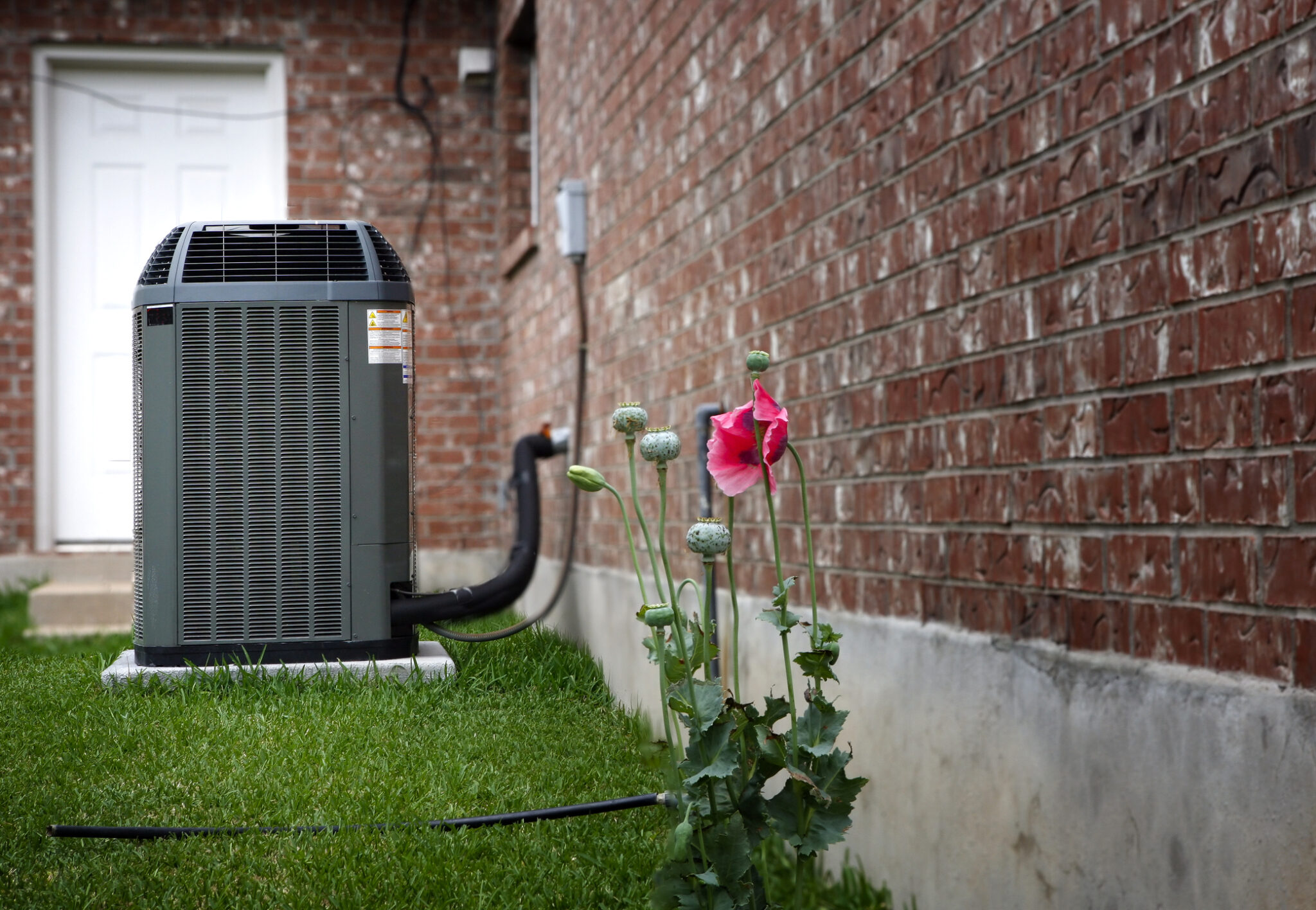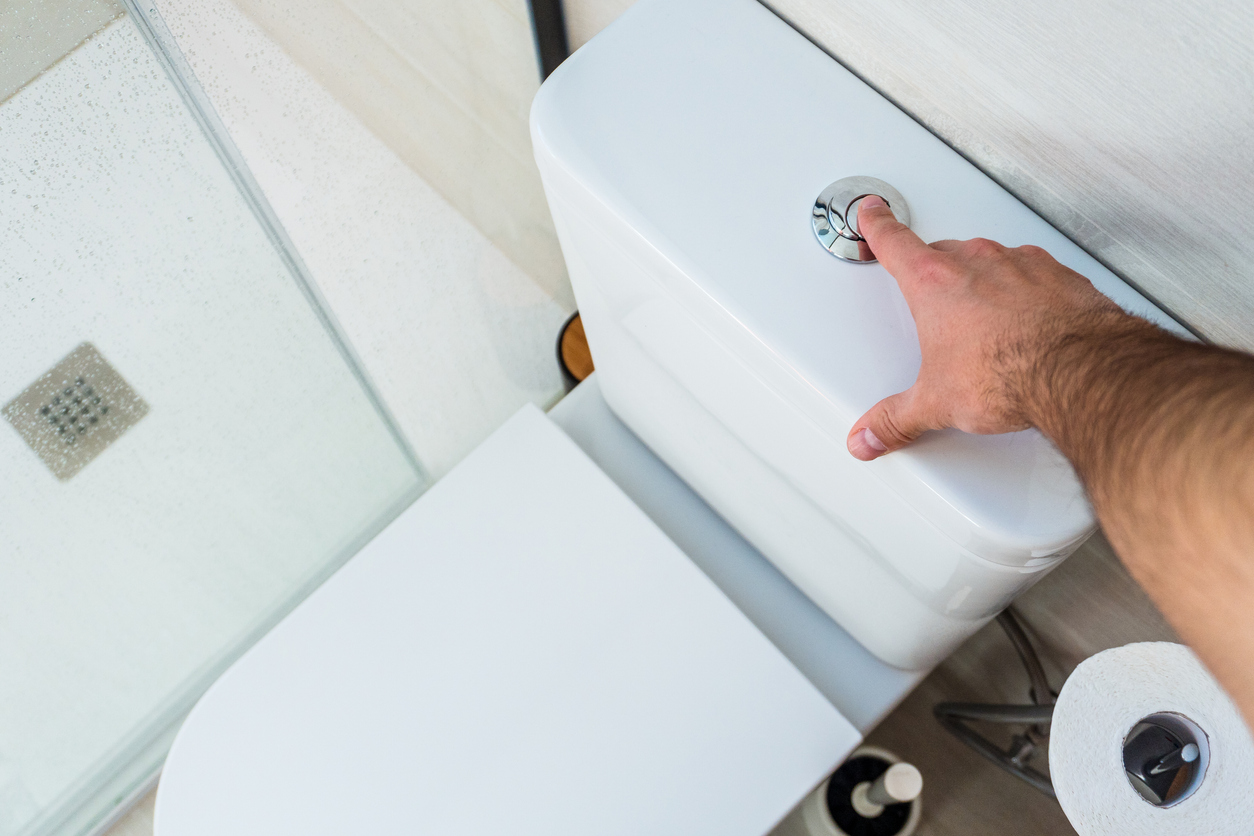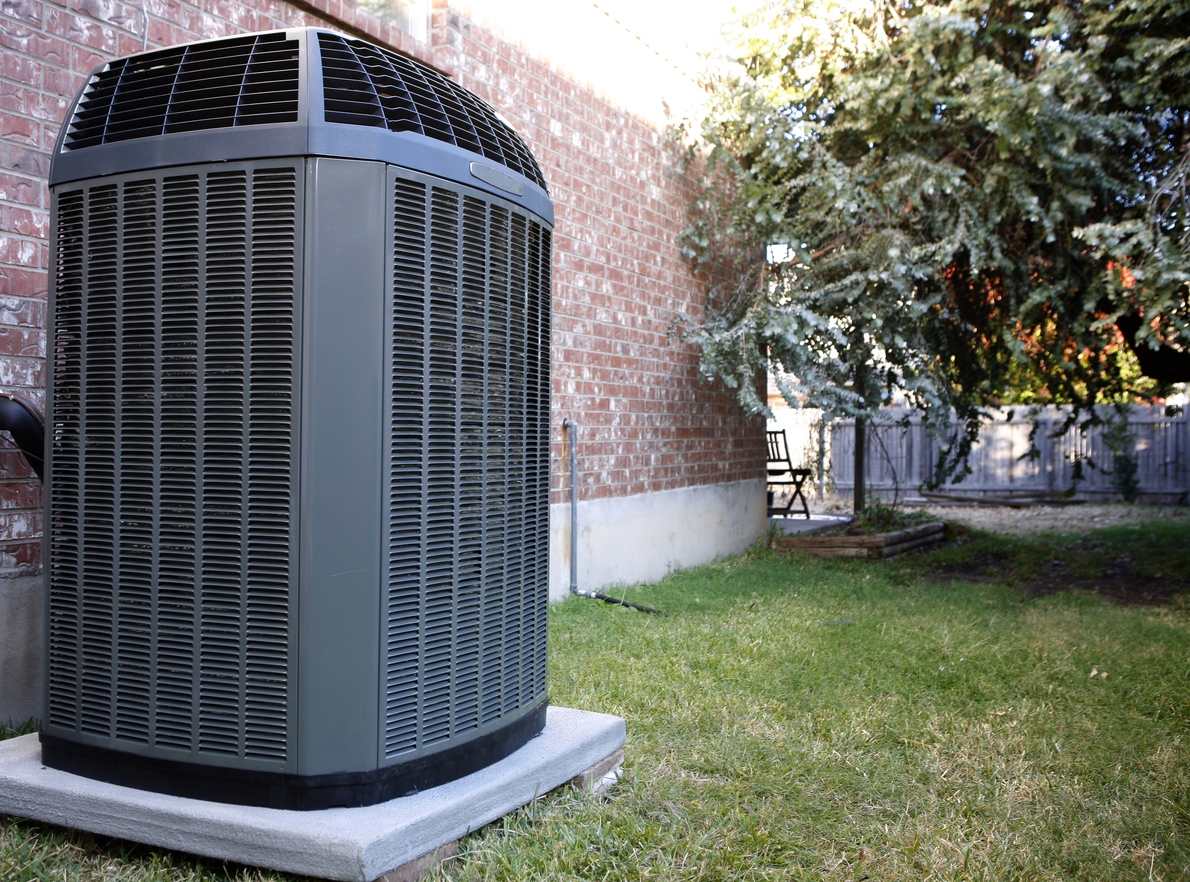How To Choose the Right Bidet Fixtures

What is a bidet?
A bidet is a special bathroom fixture that was designed to wash or clean one’s inner and outer buttocks, genitalia, and anus, especially after using the toilet. Originally, bidets were installed as separate fixtures and often fashioned from porcelain.
Modern bidets have separate water supply lines and drainage openings that can spray streams of water on the targeted area of the body. Although they now come in a variety of shapes and sizes, the use of bidets remains unchanged – to clean one’s body and promote personal hygiene.
How Bidets Came About
The earliest reference to bidets was around 1710 in France. At the time, the French were doing full body bathing only once per week. In between the regular baths, they needed something that would help them clean the ‘private’ parts of their bodies. Thus was born the first bidet although it remained unclear as to who actually invented it.
The original design had an upward-facing spray that contained water fed by a reservoir through a connecting pump. This first model had an accompanying chamber pot that served as the toilet. These were both initially placed in the bedroom until the 1900s when plumbing advancements allowed bidets to be integrated into the bathroom.
The 1800s
Although the concept of bidets seems to have started in France in the 17th century, it was believed that Italian royalty were its exclusive users. Maria Carolina of Austria, Queen of Naples, and Sicily, was said to have asked for its installation in her private bathroom at the Royal Palace of Caserta sometime in the 18th century.
The 1900s
Due to improvements in plumbing, bidets became popular home fixtures and were moved from the bedroom into the bathroom. The move proved to be convenient for many users as draining became easier.
1928
John Harvey Kellogg applied for a patent for his “anal shower” invention, an apparatus that could be attached to a toilet and used to clean the anal area of the body.
1965
American Bidet Company introduced an adjustable spray nozzle with warm water options aimed at making bidets more household-friendly. However, the contraption was too expensive apart from occupying too much bathroom space. The model was eventually discontinued without a replacement.
The 1980s
Japan made available the so-called electronic bidets that had names like Clean Sense and Galaxy, Infinity and Novita. These boast of a bidet attachment that can connect to existing water supplies and can be used even in bathrooms having limited space.
Advantages of Using Bidets
The use of bidets offers several benefits that the typical household won’t get when using toilet papers. These include the following.
1. They Promote Proper Hygiene.
For the longest time, toilet papers are seen as the ultimate cleaning solution for bathroom users even when there are questions about their effectiveness. Bidets provide a more effective cleaning process since they use water, deemed as the universal solvent.
2. They Prevent the Spread of Germs.
Regular use of bidets helps make the bathroom clean and shiny. Germs will not grow and multiply in a clean environment.
Bidets also reduce the use of toilet papers which are not entirely germ-free. When left exposed in the bathroom area, they can accumulate dirt and dust which might carry disease-causing bacteria.
3. They Lower the Risks of Hemorrhoids.
Regular use of toiler paper can cause rashes and hemorrhoids, especially for those with sensitive skin. Opting for bidets, along with a bidet attachment, to clean yourself up is not only recommended for hygienic purposes, but for health reasons as well.
4. They Help Save the Environment.
Bidets are environment-friendly bathroom fixtures, and while they do use water, the consumption is only around 1/8th of a gallon. Water also provides a gentler body clean-up as opposed to toilet paper.
Single-use toilet tissue meanwhile is hardly eco-friendly. They come from trees and a ton of toilet paper requires 17 trees to be cut down and about 20,000 gallons of water prepared. With bidets, not a single tree has to fall and not a gallon of water is wasted.
Types of Bidets
Bidets have gone through many innovations and designs since their inception in the 17th century. Currently, there are four types available on the market and they are listed below:
Ceramic Bidets
These bidets have been around for centuries and are more commonly known as “stand-alone bidets” because they are installed completely separated from the toilet bowl. Ceramic bidets are usually placed on the bathroom floor and positioned side by side with the toilet, although some models can be mounted on the wall.
Ceramic bidets are perfect for large bathrooms. However, they will need separate plumbing systems mainly because they work alone and separate from the toilet. They can also be messy as you will need to move from the toilet bowl into the this bidet type to have yourself cleaned.
Travel Bidets
As their names suggest, travel bidets are for people who frequently travel or are always on the move. They are also suitable for those who prefer to wash themselves with water.
Also known as portable bidets and bidet bottles, this bidet type has a built-in spray that works by using an extended or angled tip placed at the top. Although generally useful, travel bidets present a few major problems. One, you need to refill them with water every time you use them. Two, the spray’s power can be too low, and there are times when the water will run out before you are done cleaning yourself.
Handheld Bidets
Despite the name handheld bidets are not portable, which means you can’t take them with you when you leave the house. Design-wise, the handheld bidet is essentially a hose that connects to your toilet plumbing and has a sprayer at the end.
Handheld bidets are water-efficient bathroom fixtures since they allow you to have full control over the flow and even with the pressure. They are also user-friendly, can be easily installed, relatively inexpensive, and can function well with other bathroom features like a bidet toilet attachment.
Built-in Bidets
These are also called combo bidets because they are actually toilets with built-in bidets. The toilet seats have been filled with spray jets that you can use when it’s time to clean yourself up.
Built-in bidets often come with various features, including a bidet attachment that can control the water temperature in the toilet. Thus, it’s no surprise that these bidets are a lot more expensive when compared to their counterparts.
How To Choose the Right Bidet
Although bidets can work in any bathroom, there are several factors that you should consider when choosing the right bidet. These are the following:
Cost
It’s obvious that cost is an important consideration when it comes to bidets.To put things simply, determine what you can afford. A simple bidet toilet attachment that you can easily install in your toilet is a most cost-effective option if you’re on a shoestring budget.
Traditional bidets are also worth considering if you’re willing to invest in the appearance and design of your bathroom..Although they require professional installation, traditional bidets can become priceless bathroom fixtures in the long term.
Water pressure
The water pressure has to be at the right level if you want satisfactory results from your bidet. It should not be set too high as this will impact your water consumption. Neither should the pressure be set too low since you’ll likely struggle getting yourself cleaned.
Easy to use
Traditional bidets are less user-friendly than those having all the attachments. They will also require you to move from one side to another before using the toilet. Depending on how much space there is in the toilet, this can create accessibility issues.
Bidet attachments are the solution to this. Rather than installing new bidets and getting rid of the old, you can get an adjustable nozzle, attach it to your bidet, and you’ll have a quicker and more convenient cleaning time.
How To Use a Bidet
Traditional bidets are normally sat on, with your legs in front and facing the bathroom faucet. While on the bidet, turn on the faucet and make the needed temperature adjustment. Then increase the pressure so water can be directed or sprayed towards the areas that need cleaning.
Some modern-day bidets have specialty seats so you can sit in comfort. These models also have controls at the sides, front, and rear so you can adjust the seat accordingly.
Contact Absolute Electrical Heating and Air for Problems with Your Bidets
Bidets are no ordinary bathroom fixtures. They require specialized plumbing services. Absolute Electrical Heating and Air is the one that can meet this requirement. We are the experts when it comes to anything and everything that has to do with plumbing.
Contact us if you have problems installing your bidets and the accompanying water supply line. Our plumber in Denver is on stand by to answer you if you make that call today. We’ll be more than happy to do the installation for you. Call now!
CONTACT US
Request Service


Save Every Year with an Absolute Advantage Membership
Expert Annual System Safety Inspections & More
- Priority service
- Waived dispatch fees
- Yearly furnace, A/C, & electrical system inspections
- 10% discount on repairs and additional diagnostic services
- Up to $500 off HVAC & electrical panel replacements







